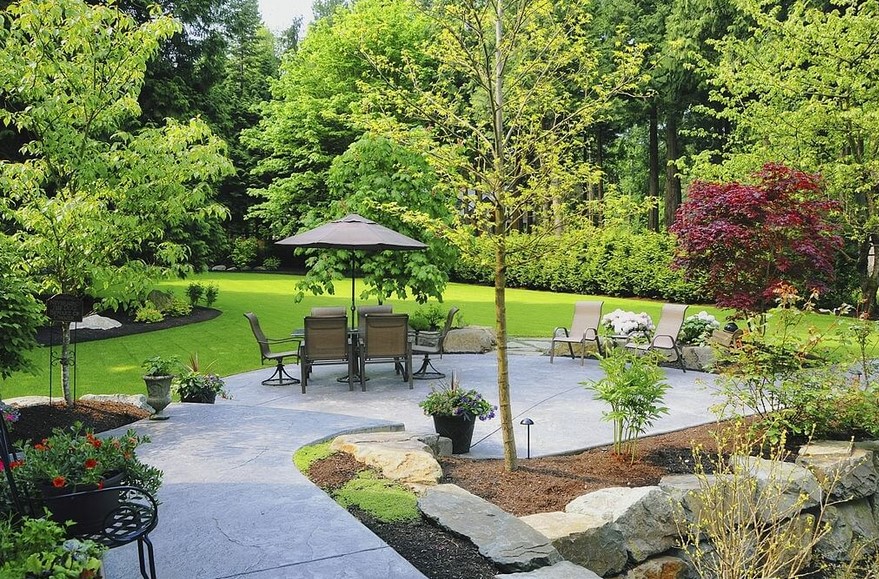
Whether you are a landscape architect or just looking for ideas for your home, knowing the different types of landscaping installation is essential. These include Conifer, Lawns, Imaginary Lines, Contour, and Contrast.
Lawns
Keeping a lawn well-maintained can pay off big time. Not only does it look great, but it also helps filter groundwater and improve air quality. It can also increase property value.
There are many other lawn cares and landscaping services available. They range from seeding to aerating to tree care. Each company has a different range of services, but they all have one thing in common: they will help you keep your lawn and garden in tip-top shape.
The best way to figure out which company is right for you is to ask for a quote. This is the best way to get an accurate idea of what you can expect to pay and the length of time they expect to be at your beck and call.
Imaginary Lines
There are other types of imaginary lines besides horizontal and vertical ones in landscaping installation Memphis, Tn. Curved lines can be placed strategically to define a space or be left as a natural element. For example, a curved line will mimic the flow of a stream or river.
Formal gardens have an imaginary line called the axis in the center. This line is the focal point of the landscape and usually ends with a birdbath or other focal point. Vertical lines are used to create an exciting, layered effect, while horizontal lines are used to make small spaces feel larger.
Planting materials in large numbers in one place can create a mass effect. However, plants come in various shapes and sizes, and you can create a natural feel by planting round plants along curved bed lines. Alternatively, you can use dwarf borders and plantations to create horizontal lines.
Conifer
Whether creating a landscape or adding to an existing one, conifers offer various textures, colors, and habits. They are known for their evergreen leaves and provide homes for wildlife and nesting birds. They are also ideal for use as privacy hedges and rock gardens.
One of the easiest ways to plant conifers is in autumn. The trees must be in the ground to establish strong roots before the soil freezes. They also need to be watered before winter.
Another way to plant conifers is to use dwarf conifers. These dwarf conifers are compact and eye-catching, and they’re also easy to care for.
Some conifers are known for their feathery needles, and others have hands that are thick and prickly. They all produce cones, which are seed-bearing structures. They come in a variety of colors and shapes, and they can glitter in the sunlight.
Contour
Using a professional to complete your new or existing landscape has never been easier. The company offers a range of design options, including complete design and installation services, maintenance programs, and even custom landscape lighting solutions. If you are looking for a full-service company, you should consider Contour Landscape. With three years under their belt, you can rest easy knowing your landscape is in the hands of pros. The company is a family-operated business with a focus on residential landscape installations. This includes a phalanx of landscaping geeks with the most extensive list of certifications and a well-rounded staff of landscape experts, designers, and installers.
A well-rounded landscaping plan is the best way to ensure your property looks its best year-round. The company’s top-notch professionals will do the heavy lifting while you concentrate on enjoying your new or improved landscape. So whether you have a budget of $1500 or $5000, you can rest easy knowing that your yard is in the capable hands of a pro.
Contrast
Whether you’re installing a new landscaping scheme or adding some flare to an existing one, contrast can be helpful to add a touch of interest to a landscape. One way to achieve this is with a color scheme that is both complementary and contrasting. A complementary color scheme will make it easier to highlight opposites, while contrasting colors will add a touch of oomph to your overall project.
The most important thing to note is that you need to choose a color scheme that works with your existing landscaping scheme, or you will end up with a clashing landscape. The best color schemes mix complementary colors, ranging from light to dark. This can be done with the help of a color wheel.
